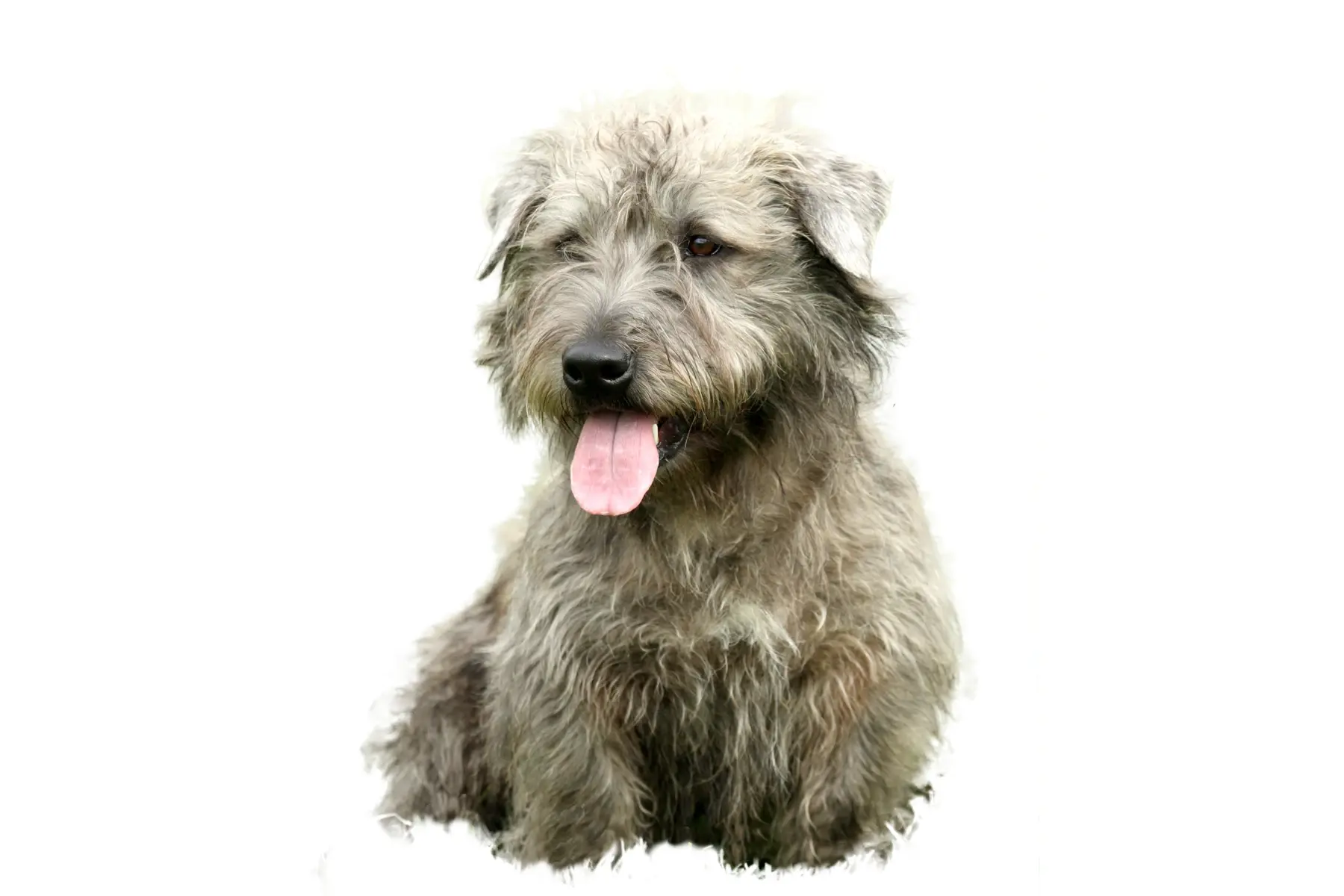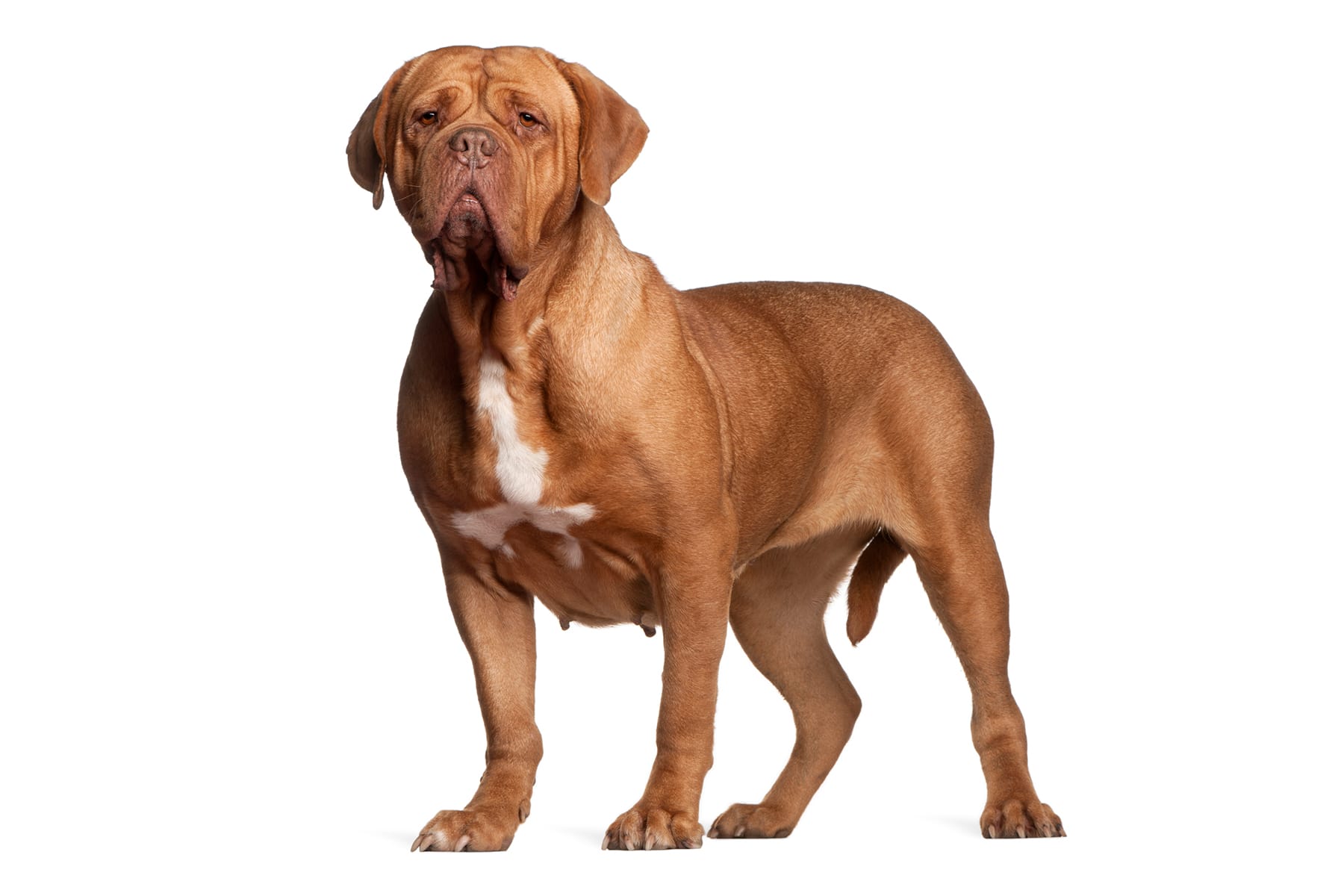Italian Greyhound
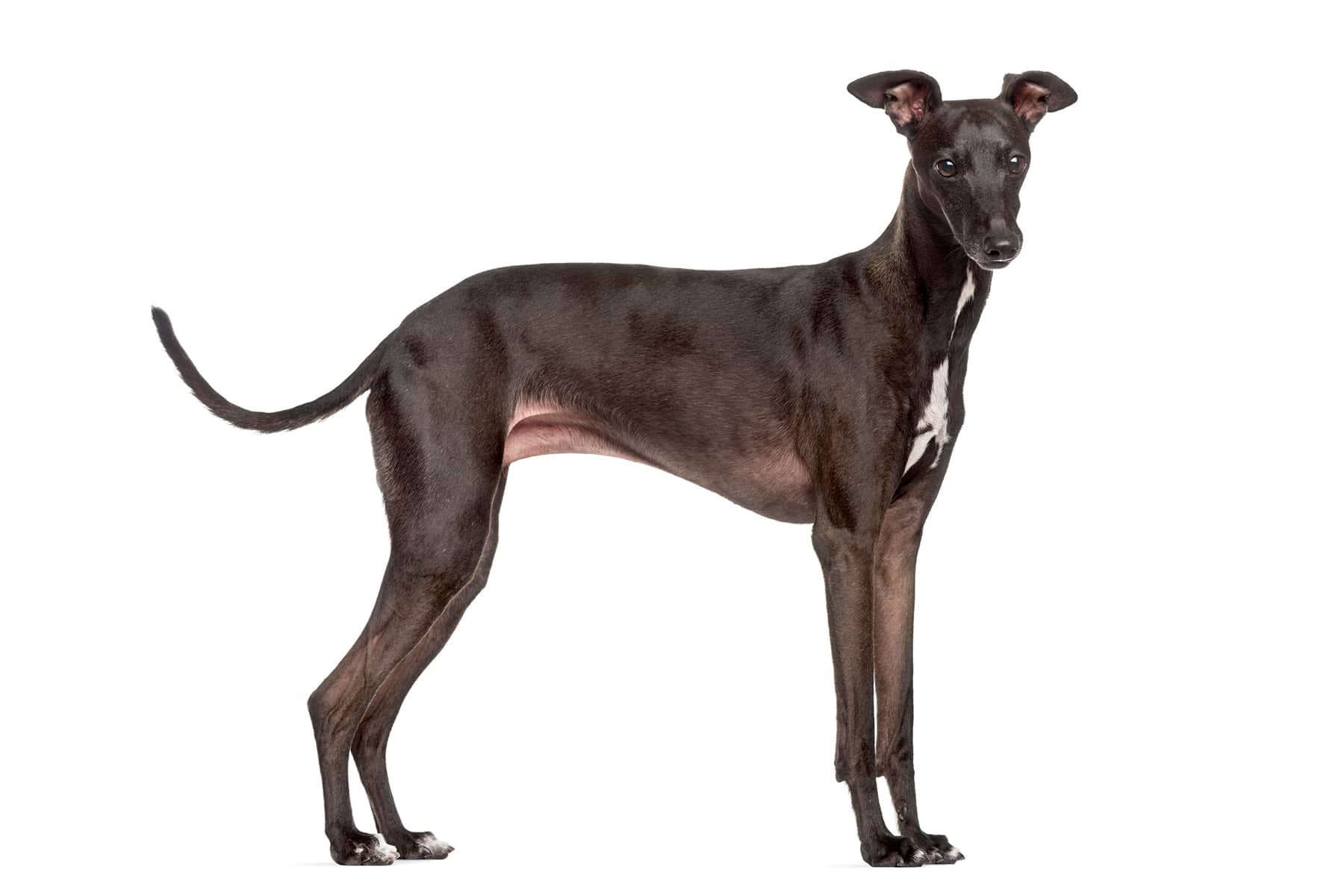
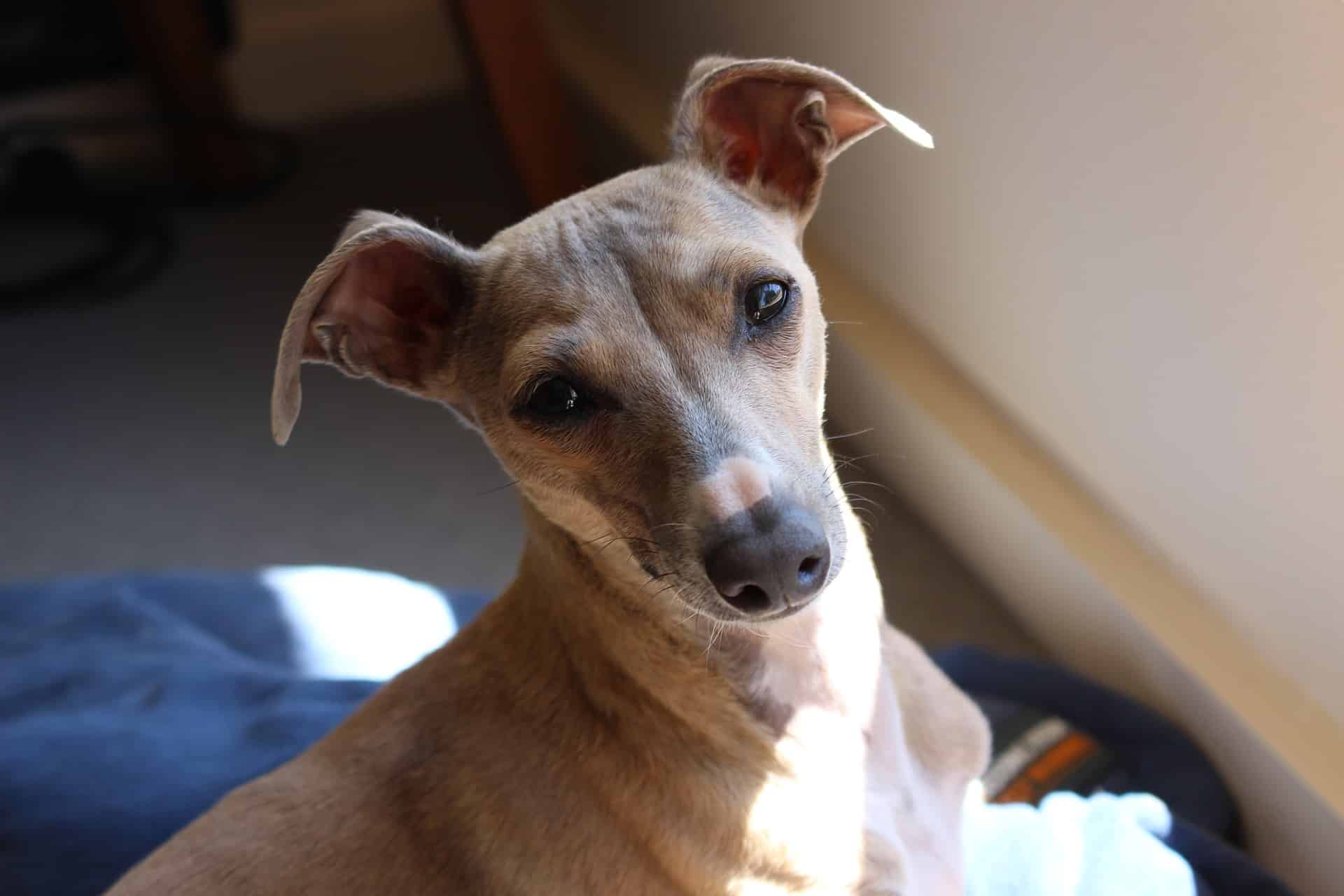
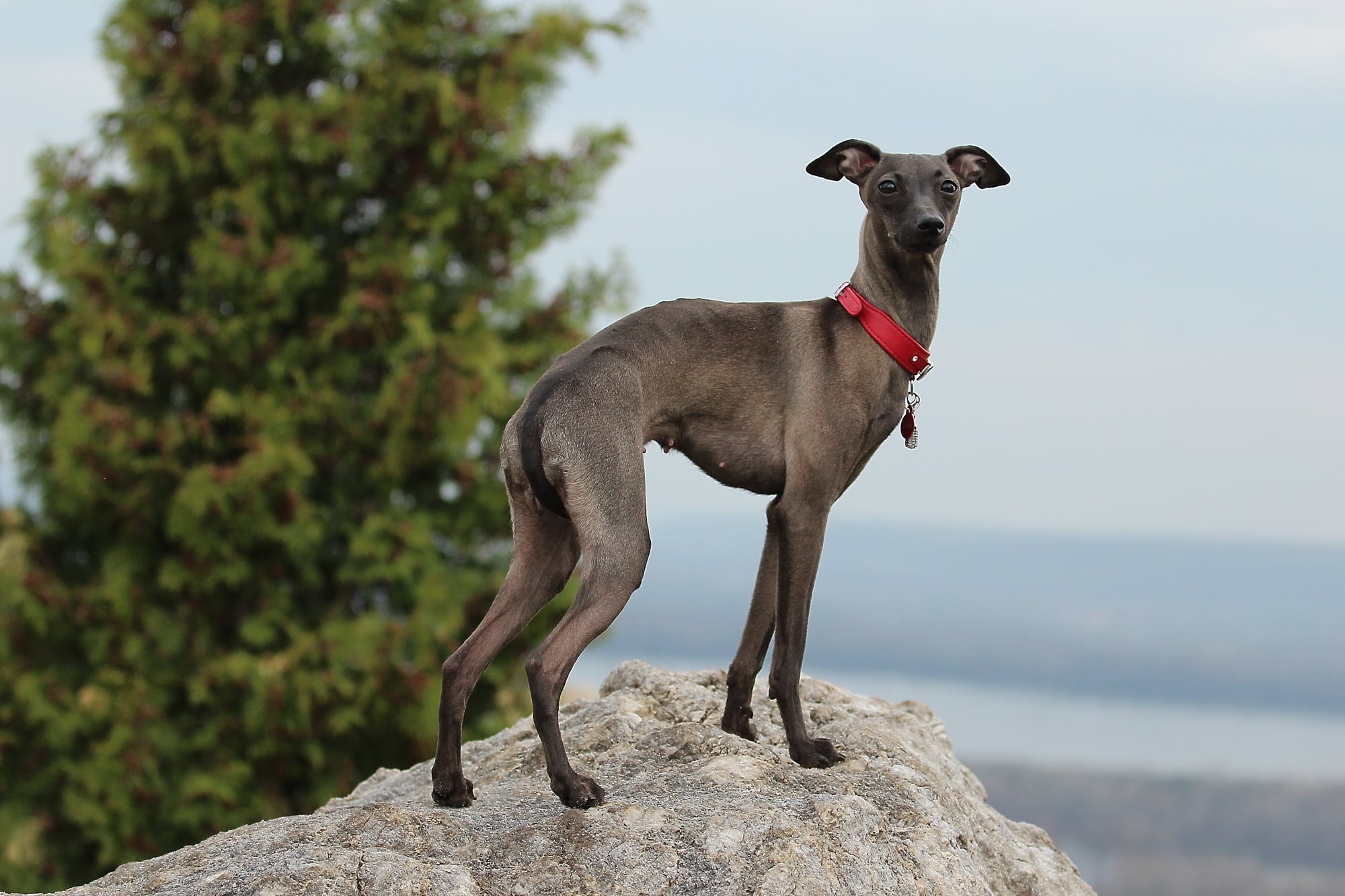
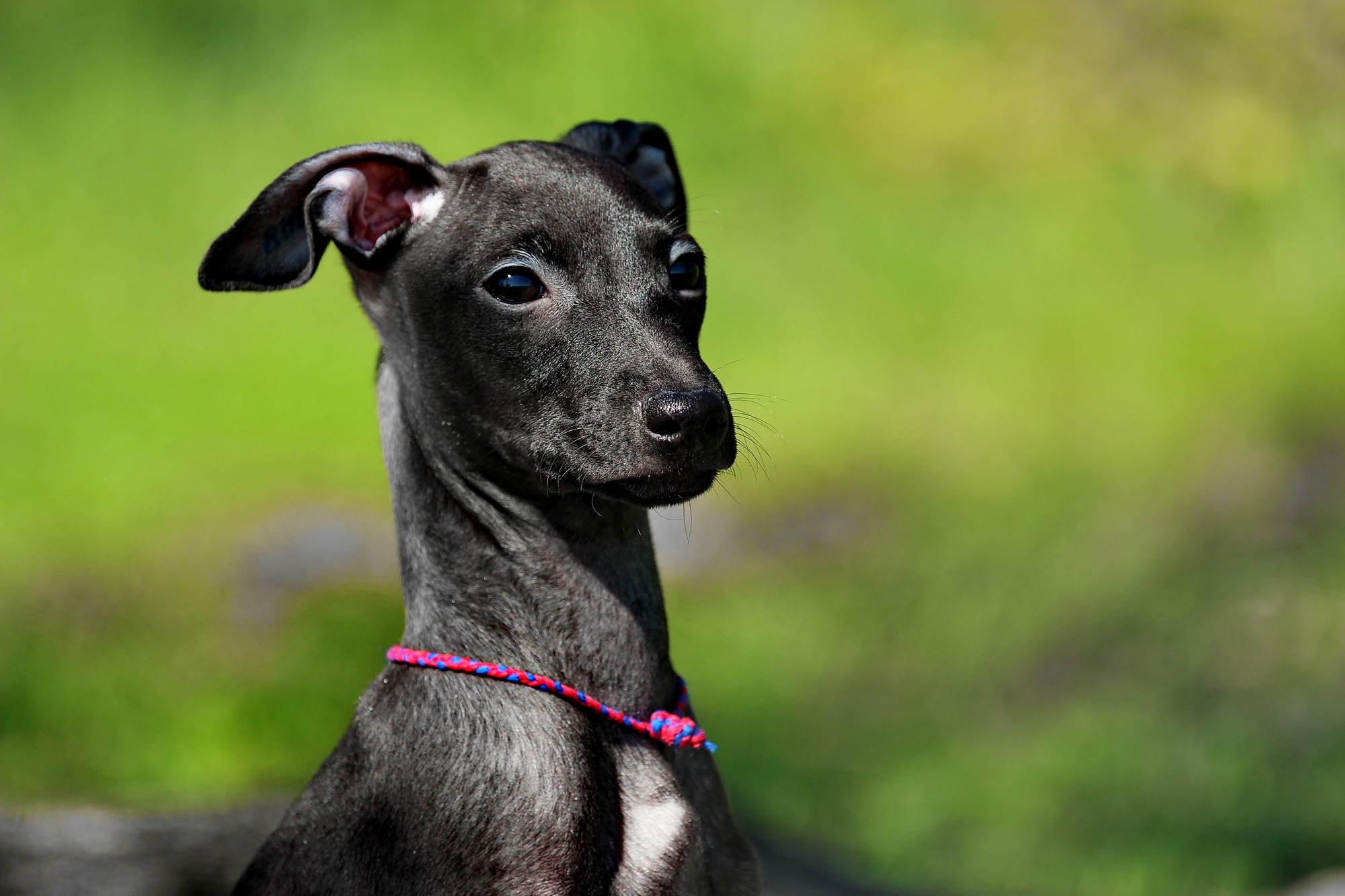
Temperament:
Frederick the Great loved them, as did the Roman ladies: wind chimes. The Italian Greyhound, or simply Greyhound, is the smallest breed of sighthound. You simply have to like these adorable little bundles of temperament.
Characteristics
The Italian Greyhound is a breed recognized by the FCI. It belongs to FCI group 10, i.e. to the sighthounds. On average, this breed lives to be 12 to 15 years old. The Italian Greyhound hardly sheds and is therefore ideal for allergy sufferers.
The Italian Greyhound grows to a height of 32 to 38 cm and weighs up to 5 kg. Its coat is short and soft. It has no undercoat. Approved colors are black, grey, slate grey and isabell. White markings on the paws or chest are permitted.
The ears are triangular and point forward. The eyes are dark and almond-shaped. They look lively and intelligent into the world. The body of the Italian Greyhound is elongated. The head is narrow and also elongated.
The Italian wind chime looks fragile and elegant at the same time. It has hardly any fat under the skin. This is why it cannot tolerate cold or moisture. If it is significantly lighter than 5 kg, it tends to tremble constantly and is in poor health.
The Italian Greyhound is an intelligent and cheerful dog. It is cuddly and very affectionate towards its owner. It loves physical contact with its owner and loves to cuddle.
The Italian wind chime would like to be with you always and everywhere. It should never be left alone. Can't be at home that often and can't take your dog with you? Then perhaps you could get several of this breed.
The Italian Greyhound is intelligent and eager to learn. It is easy to train because it always wants to please. That's why it usually behaves well. You can also train several Italian Greyhounds so that you can take them with you wherever you go.
This breed was originally bred as a hunting dog. It hunts hares on sight and therefore has a strong hunting instinct. Like all sighthounds, this breed also has a strong running instinct. So when you take an Italian Greyhound for a walk, you always have to be on your guard. It becomes incredibly fast over short distances.
Coat care:
Shedding:
Energy level:
Trainability:
Children suitable:
The right food
When choosing food, make sure that it contains high-quality ingredients, is balanced and meets your dog's requirements. Age, size or weight, activity and health status play an important role. You should follow the manufacturer's recommendations for the amount of food.
Treats should only be fed in moderation and deducted from the basic diet to avoid obesity.
Puppies can be fed 4-6 times a day. The number of meals should be gradually reduced to 2 per day until the dog is fully grown. A rest period should be observed after meals.
Fresh drinking water should be available at all times.
Many Italian Greyhounds have kidney problems or suffer from allergies. In these cases, special food must be used. Ask your vet or a competent nutritionist to help you with this.
They also have a tendency to form tartar. Therefore, pay particular attention to dental care. You can brush your dog's teeth regularly or give him chew bones.
Health & Care
The Italian wind chime is somewhat demanding to keep. You can keep them in the countryside or in a city apartment. But they need a lot of exercise, several hours a day. They are also very sensitive to rain and cold.
You should dress your dog in protective clothing for the walk. Alternatively, you can take advantage of opportunities for your dog to exercise indoors. The German Greyhound Breeding and Racing Club has racing tracks. If you are a member, you can use them with your dog.
The Italian Greyhound often has dental problems. It is best to brush your dog's teeth regularly. You can also give him chewing bones or other treats for his teeth.
Relatively many Italian Greyhounds do not tolerate medication such as vaccinations and anesthetics well. Their kidneys are also quite sensitive. You need to pay more attention to the health of your wind chime.
The thin legs and the delicate stick of the wind chime break relatively easily. When romping around, especially with children, you have to be very careful that your dog does not injure himself. In general, the Italian Greyhound is quite susceptible to injury. You can expect relatively high veterinary costs if you acquire this breed.
The short coat of your Italian Greyhound does not require much care. You can brush it regularly or massage it with a pimple glove. This is good for the coat and your wind chime will enjoy being stroked.
Systematic training is necessary from puppyhood onwards. This breed is very eager to learn and obedient, but needs consistent caregivers.
Suitable accessories
For your Italian wind chime, you first need a special wind chime collar and a lead. You can also use a suitable dog collar. The little head slips out of a normal dog collar far too easily.
As this breed reacts sensitively to wet and cold, you also need suitable clothing to protect it.
You will need a dog toothbrush or a finger ring for daily dental care. You will also need dog toothpaste.
Otherwise, you will need the same things for your Italian Greyhound as for any other dog: a dog basket or dog mat as a retreat, water and food bowl, tick tweezers, claw clippers, mild dog shampoo, a transport box for transportation in the car and a first aid kit. Ask your vet what belongs in the first aid kit.
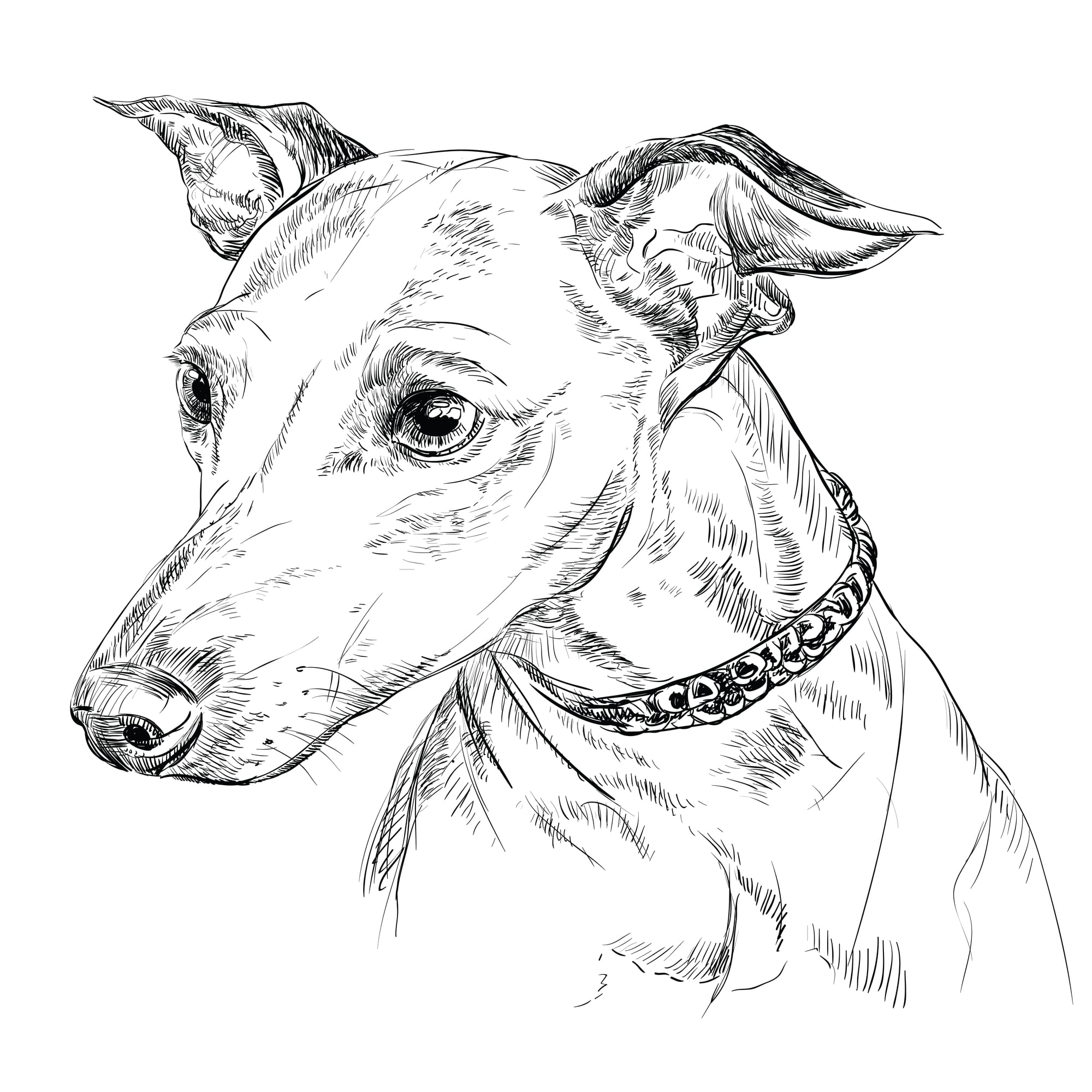
Origin & History
The Italian Greyhound is a very old and noble breed. It probably descends from the Egyptian greyhound Tesem or Tjesem. There is a picture of a Tesem from a tomb dating back to 2065 BC. The famous Cleopatra is also said to have kept these small greyhounds.
This breed was later introduced to Rome via Greece and is said to have become fashionable among the noble Roman women. There is a statue of a wind chime in the Vatican that is over 2000 years old. There are various ancient depictions of wind chimes on cups and drinking bowls from Laconia in Greece.
In the 14th century, Italian wind chimes gradually conquered Europe. Many aristocrats at the time owned Italian wind chimes with which they went hunting. They were used to hunt hares at sight. Frederick II of Prussia owned several wind chimes, which he loved very much. He even wanted to be buried next to them.
Later, the breed was bred to be ever smaller and more petite. As a result, more and more diseases and sensitivities appeared. It was only in the last century that the earlier models began to be selectively bred again. The current breed standard dates back to 2015.
Today, the Italian Greyhound is kept as a sensitive family and companion dog. It suits people who spend a lot of time with it and give it enough exercise. He loves to run after an artificial hare.
